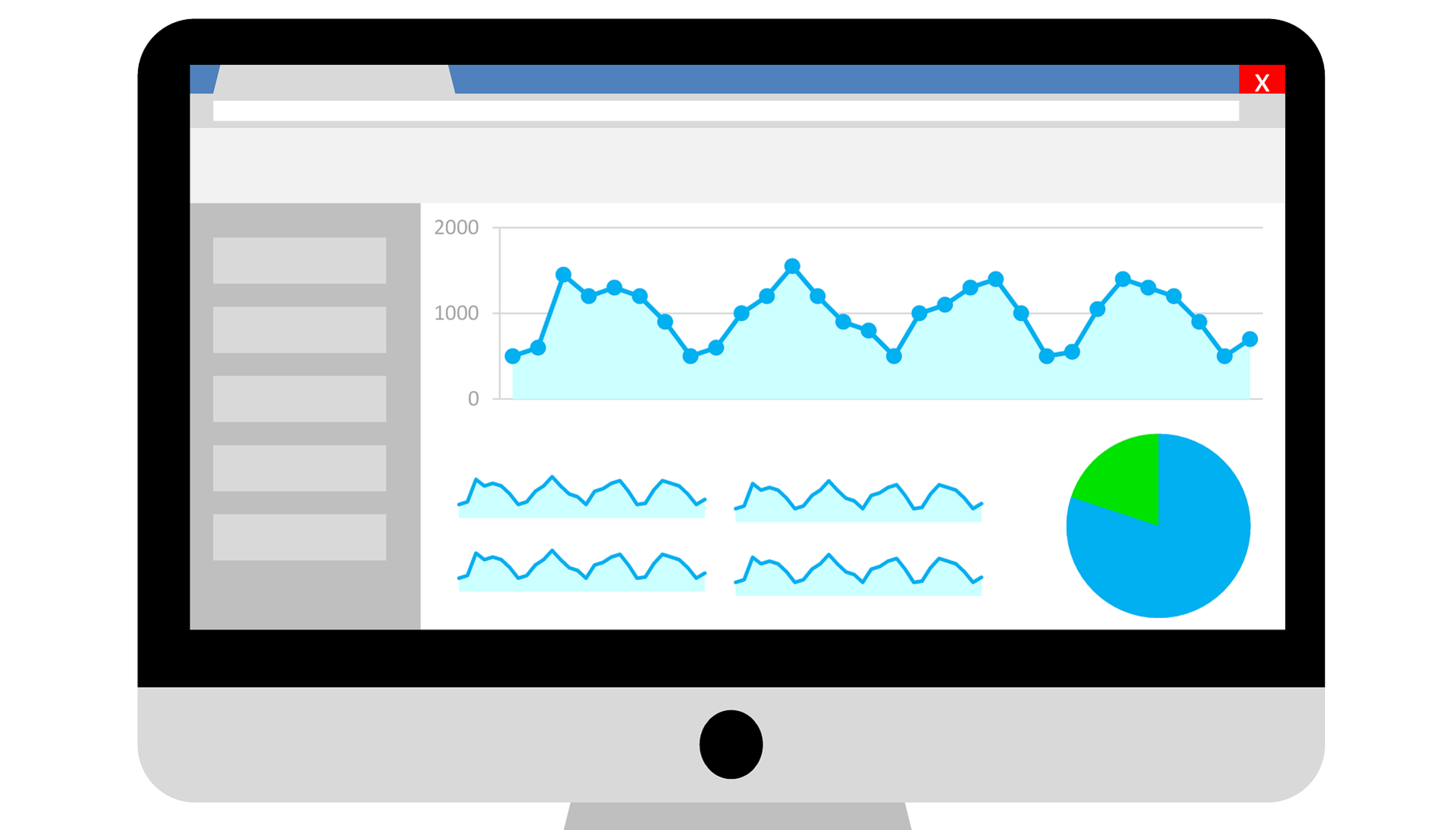The Benefits of Google Analytics
Posted on 2nd October 2022
Most businesses with a website will be familiar with Google Analytics (GA), but did you know that from July 2023, Google is upgrading their Universal Analytics algorithm to Google Analytics 4 (GA4)? However, with the new upgrade, businesses will no longer be able to track and record visitor data on their websites.
You’d think that was bad news for marketers who rely on Google’s website analytics to monitor website visitors. But hold on; it’s not actually a bad thing because Google Analytics 4 has new, exciting features that will give marketers and business owners better insight into their website’s visitor journey. Let us explain.
What is Google Analytics (GA)

If you’re new to digital marketing and need to analyse website visitors, let’s just give you a quick explanation about GA. It is a free web analytics service provided by Google that tracks website traffic (users/visitors) and offers in-depth reports for website owners on that activity.
Earlier this year, Google renamed it App + Webb as a replacement for Universal Analytics (UA). Now it will be replaced entirely with GA4 from 1st July 2023.
GA4’s new features and changes
The good thing about GA4 is that it is an entirely new tool developed after two years of beta testing by Google. It’s like starting with a new analytics platform, only more powerful and flexible than UA (which was really GA3). This means a raft of new changes and features.
For marketers, the main changes they need to be aware of are:
Pre-built report formats will be significantly reduced.
New metrics (engaged sessions) will be available.
No more bounce rate metrics (we’ll come to this later).
More emphasis on encouraging users to develop their own tailored formats for analysis and reporting.
Greater flexibility on how website interactions will be tracked and named (these will be called events).
Before you start worrying about data privacy and GDPR, relax. Google has developed GA4 to ensure it adheres to strict data protection legislation (which is tighter in Europe). They’ve even planned for a time when cookies (they are essential for website usability and user tracking at the moment) are banned.
So, what are the new features of GA4?

It has a much sleeker, easier-to-use interface and will be better for navigation.
New metrics have been added to make it easier to track website traffic.
Google has leveraged advanced machine learning technology that will detect data trends, predict new insights, and keep up with our changing ecosystem. Plus, the new platform will send you alerts, helping to improve the user’s experience on your website.
GA4 will be able to predict user behaviour and actions so that marketers and business owners can plan ahead more accurately. Let’s give you an example - you will be able to create an audience profile and analyse why that specific group of customers are more likely to convert than others.
For YouTube advertisers, there is an entirely new feature just for you. Known as “addresses longtime advertiser requests”, it allows you to track your YouTube conversions. So, if a customer purchases via your website or app, you can track their entire purchase journey from the moment they saw your ad on YouTube to their purchase.
The way reports are presented has been re-organised for the better. You will have a more comprehensive view of how your visitors and users engage with your business online, across any device and via any channel.
There are three options to help you comply with data regulations more effectively:
GA4 users control how they collect, retain and share their data.
GA4 users can choose if they want their data to be collected for ad personalisation.
GA4 allows users to delete any analytics data they choose by submitting a request to Google.
One of the most significant changes is that GA4 will be an event-based format. This means that all activity will be collected and recorded as an event; therefore, no more predefined options. Other changes include:
Instead of cookies to identify different users, it will now be signals, and all tracking data will be recorded as an event. That doesn’t mean you won’t be able to see an in-depth analysis, you will, but it will be recorded as an event into which you drill down.
The three parameters currently in use will be expanded to 25 parameters with every event.
Some events will be tracked automatically, such as new users, page views and user engagement. These events cannot be switched off.
Instead of bounce rates, GA4 introduces three new engagement metrics;
Engaged sessions - sessions that last longer than 10 seconds, had a conversion or had two or more page/screen views.
Average engagement time - is per session and the total time a user is on a page scrolling or clicking, says Google.
Engagement rate - calculates the number of engaged sessions on your site.
What do I need to do to prepare for GA4?

The good news is that Google will run UA alongside GA4 for a while, but only new data will be available in GA4. Therefore, the sooner you move over to GA4 and set both UA and GA4 to run alongside each other, the longer you will have to discover its full range of features and new capabilities. So, what do you need to do to prepare for GA4?
Get set up – create a GA4 account. This will enable you to run your new account simultaneously with your UA account for the first two months.
Add GA4 events – consider the analytics you want to receive and add at least five events to track user activity, such as shopping cart data or page/video views.
Create GA4 goals – create GA4 events that will track your key analytical goals, like conversions.
Set up audience configuration – GA4 allows you to add up to five audience types, for example, new or organic traffic and returning visitors. This will allow you to track your website and app traffic, where it’s coming from and determine how to increase it.
Confirm GA4 is collecting the correct data for you – once you’ve run GA4 for six to eight weeks, check and confirm that GA4 is collecting the data you want.
If you’re already an It’seeze Windsor client, don’t worry; we’ll take care of transitioning your website and apps to GA4 for you. If not, and you are looking for guidance or advice on transferring from UA to GA4, get in touch with us in plenty of time.
At It’seeze Windsor, we design professional bespoke websites that deliver results for our clients. As well as developing an excellent website service and ongoing support, we keep up-to-date with the latest technology and changes to website services, like GA4. We also offer a free Website Health Check that will decipher the areas where improvements can be made. Call us today to create the website of your dreams and turn your business into the success you deserve. Contact us for more details.
Tagged as: Online Marketing, web design
Share this post:



